#biome
Text
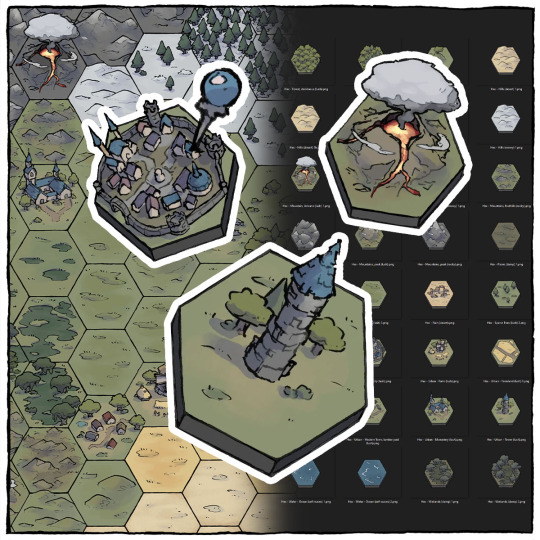
World Map Hex Tiles
Have you mapped your world yet? If not, these hex tiles are for you! Oh, and let us know what to add to Part 2. ;)
→ Download them here!
#ttrpg#tabletop#dungeons and dragons#dnd#dungeons & dragons#d&d#d&d5e#pathfinder#gurps#rpg#top-down#battle map#map#cartography#encounter#geomorph#map building#map making#custom map#world map#hex map#biome
356 notes
·
View notes
Text
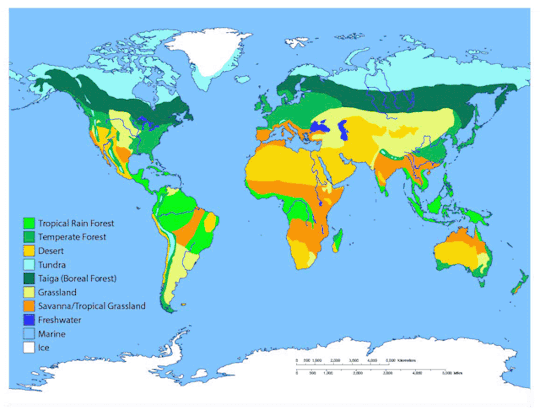


301 notes
·
View notes
Photo
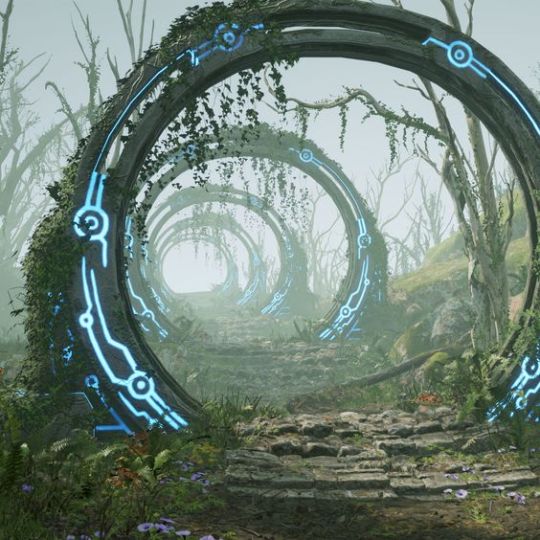
Nature Portal Biome
323 notes
·
View notes
Text
The Fern Prarie: fact or myth?

Moschorhinus and Lystrosaurus by DiBgd. Notably, the small plants in this picture are not true ferns but the extinct seed fern Dicrodium. To help illustrate my point.
In paleoart, “fern praries” are a type of biome frequently depicted. After all, if there was no grass in the Mesozoic (until the very end, at least), what else carpetted the ground?
A lot, actually. Seed-ferns, horsetails, moss…
The idea that ferns specifically formed the Jurassic savannas is not without merit. Modern ferns are the most common carpetting plants after grass, dominating forest undergrowth and even forming small plains in clearings. Some species can live in desert environments, so even places with little moisture could hypothetically boast seasonal fern steppes.
But the thing is, why ferns when there were so many other plant groups that could fill the grass niche? Notably, seed-ferns and small gymnosperms would be equally if not more fitting in more arid conditions. Perhaps some areas were carpetted by herb-like early angiosperms, not quite grass but almost there.
Remember that most fossil assemblages are biased towards riparian environments, where ferns surely excell. But there is little evidence for small flora in drier pre-Cenozoic environments, and as such the fern prairie must be questioned as an environment. It most likely existed, but I doubt it dominated the Mesozoic open spaces.
#paleontology#palaeontology#paleoblr#palaeoblr#fern prairie#fern savanna#seed fern#plants#habitat#biome
75 notes
·
View notes
Photo

PIRATE TREASURE JIMMY HOFFA AMELIA EARHART ATLANTIS
Reader's Digest August 1972
#Illustration#vintage illustration#scientific illustration#animals#pond#biome#birds#fish#1972#funny#humor#humour
334 notes
·
View notes
Photo

Peachy (yes, a very large Peachy) is admiring some of the flowers in the biome at the Eden Project.
In Cornwall, England.
164 notes
·
View notes
Text
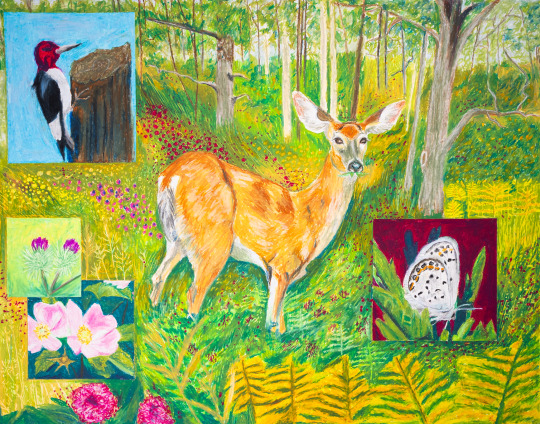
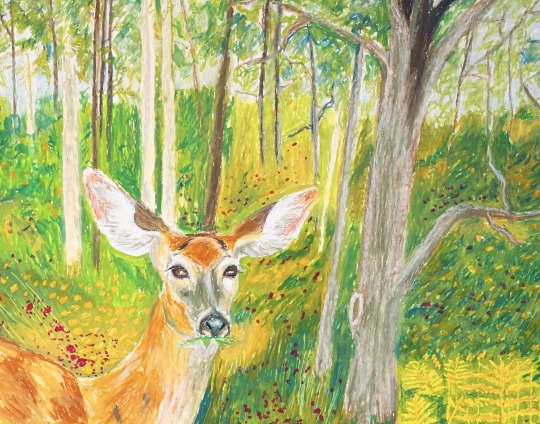
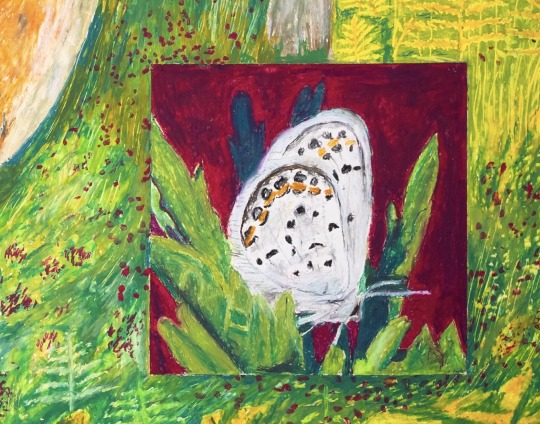

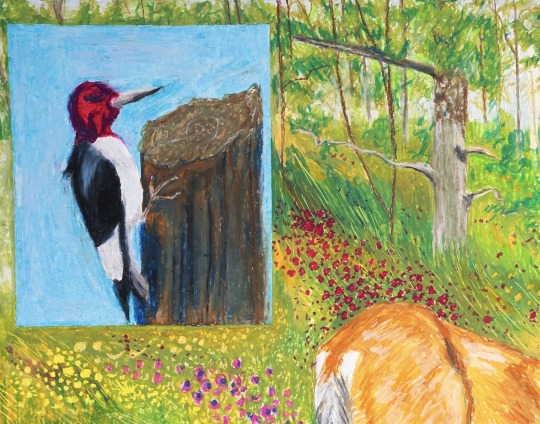
petrolia - oak savanna (2023)
oil pastel
it was such an honour to make this piece for my friend tys’ upcoming documentary titled petrolia!! as i worked i thought a lot about the presence of oil in my life, about the industry of extraction and export but also it’s precolonial uses. the pastels i used are likely petrolium based, as are many things we don’t think about we just consume.
#my work#what a labour of love honestly#this was such a fun piece#really special#art#drawing#traditional art#oil pastel#indigenous art#indigenous artist#métis art#métis#ontario#oil industry#oak savanna#biome#contemporary art#contemporary drawing#documentary#oil and gas#canada#colonialism#petrolia
42 notes
·
View notes
Note
hello! i'm currently building a world for a wild west themed ttrpg. the continent the game takes place in is a desert that's been cursed to be isolated from the rest of the world—no one can go in, no one can go out. anyone that tries to escape finds themselves lost in an endless expanse of sand. but i digress, anyways! the main issue of this continent (isolation aside) is the fact that it has no access to water at all. how people hydrate is through this fruit which has a liquid inside that the people can drink. think of a coconut but it can grow properly in a desert since it's magic.
i'd just like to know if there's any sort of worldbuilding advice or questions that could help me explore this idea in a more meaningful way? i already have some of the logistics of how this sort of thing could be distributed in a world like this but i want it to be more grounded. magic exists in this world so that can help explain some things but i want to be careful not to make it so wishy-washy, y'know? thanks so much!
Tex: Even the largest of deserts have an end, be it another biome or a body of water because the continent can only be so large across a planet. Aside from that, clouds will not inherently respect anyone’s boundary on where they can move as part of the water cycle and the natural unevenness of terrain means that water will eventually pool up somewhere, creating oases.
Mountains, perhaps, may slow the movement of humidity in the air, but unless you’re willing to make a very, very, very large volcano that’s dead enough and large enough to accumulate sand (which in that instance would be more akin to volcanic ash and as sharp as ground glass), water will still naturally get in and settle into bodies of water.
Accordingly, the “wild west” only existed because of the rapid development of trains and railroad lines, so even historically they were not actually isolated - merely delayed, in terms of what they were able to ship. By 1900, someone could travel from the East Coast of the US to the West Coast in approximately a week, depending on the route. If fresh food is packed well (say, seafood in ice), it wouldn’t even spoil for the duration of that journey.
For desert flora that can act as reservoirs of water, the Saguaro cactus is a very good example of this (Wikipedia), as are many types of melons (Wikipedia).
Feral: The biggest concern historically, including during the Wild West, in desert climates was not getting hydration for the people but for the horses. Horses drink 5 to 10 gallons (20 to 40 liters) of water a day. Humans need 0.5 to 0.8 gallons (2-3 liters). Although humans/player characters of whichever races you’re using can probably get by with the sources of hydration Tex mentioned, but if they have mounts, there’s going to be a problem. With a ttrpg, this could just be flavor or it could be an actual resource mechanic. To make it more on the believable side, I would recommend wells being a thing. Maybe in towns or along common routes. Also keep in mind, fruits that provide hydration do not spontaneously create water; they absorb it, so there must be water somewhere, somehow.
Wootzel: If this magic fruit is legitimately the only source of drinkable water, does that also apply to whatever other plants that grow? Are all animals in this area dependent on the fruit as well? Are people having to break the fruits over their crops?
I’m taking a wild guesstimation that if EVERYTHING that needs water has to get it via this fruit because there’s almost no ground water and no precipitation, then 80% or more of the plants growing in this area are the plant that bears this fruit. Or can other plants draw water from the ground in some way (but is it not accessible via digging or drilling a well or whatever because magic curse?), and it’s just fauna that have to drink via fruit?
Do the fruits or their liquid spoil easily, or at all? Do they ferment and become alcoholic? Do the local jackrabbits get drunk on them like deer with apples, and stumble around the desert at night?
What else is in the fruit-liquid? Is it just as functional a source of hydration as water, or are there any other substances in it that the body needs to process out… maybe via the kidneys… resulting in needing to drink more of this liquid than one would need to drink water?
Does evaporating this fruit liquid and trapping/condensating the resulting water work well enough if someone needed plain water for wound care, baby care, or whatever else?
How does anyone bathe?
Are many conflicts involving control of these fruit and the plant they grow on, since having that resource cut off is quickly deadly? Meaning, even if the conflict wasn’t originally about fruit-control, someone burns down someone else’s orchard and now that’s the main focus? Or is this stuff so prevalent that you could try to kill it and it just starts growing back from a crazy tap root the next day?
You have a premise that’s not highly plausible, and it would probably make life rough and precarious for the people and animals who live in this area, but it’s not impossible for human ingenuity to figure out how to make it work anyway. If you choose to keep your water-fruit as the only source of hydration, life is going to look QUITE different in this area.
Addy: I've got a couple thoughts, some are more rambly than others. The first question I've got is no water at all vs no water that's suitable for humans. There's a fair amount of difference in what those will imply for plant and animal life.
Most deserts have some amount of life, after all. Lizards, insects, jackrabbits, cacti, scrub brush, aloe very and other succulents, snakes, birds, foxes, dogs, etc - those all need water to survive. That water might be deep underground, it could be rare rainfall, it could be occasional floods (like what causes arroyos), it could be all sorts of things.
And what about horses? If you've got a wild west setting, horses (or similar mounted animals) and cattle are staples of that kind of setting. What do they drink? Horses need lots of water, especially if they're exercising. What do they eat? No water means no grass, no scrub, nothing to eat. Even if you're riding giant lizards, those lizards gotta drink.
So either this fruit (what season does it grow in?) is cultivated en masse for liquid extraction, or there is some other source of water that's cursed to kill sentient creatures, so you've got stuff that animals can drink but people can't. Still have the plant cultivated en masse, but you've got some more flexibility on it. Your people will need to bring their own water along, but they can stop by rest areas, etc to let their animals drink.
Either way, farms are going to be absolutely crucial logistical standpoints in this setting. Cattle can move themselves (which makes them easy(ish) to steal), but plants need careful tending in an unmoving place. I'm seeing some kind of fortified settlement, where you've got the water farms heavily defended by whatever militia/military forces you've got in the area (having some kind of control system over the water would make it easier to manage people to your desires), with towns surrounding them.
If you've got a strong magic setup, maybe the plants grow best over certain ley lines/underground magical "currents," so you've got isolated strongholds
The strongholds have a heavy amount of control over their local area, since they're the ones who have the ability to produce the fruit on the scale required, but trying to transport that water raises issues of thievery. So once you get outside, say, half a day's ride, you run into logistical issues + thievery problems. That's about 15-20 miles if it's flat, or 10-15 miles if it's hilly, by horseback. A covered wagon can cover ~8-20 miles per day, so that lines up pretty well with a day's distance for a shipment of water.
And then, outside of those strongholds, you can get smaller crops of water-fruit, but not much. You could get bandit outposts that focus on raiding water (or that have their own secret ley line water nexus growing spot), so as to keep them outside of the law. If you have scrub that animals can eat (even if the groundwater would poison humans), then that also frees up a lot of possibilities for stuff like cattle rustling, since you'd be able to actually keep the cattle watered at watering holes.
That's one way to do it, and sort of the general trend I could see happening (people need water to live, whoever controls the water controls the people). If there's no water, at all, besides what's produced by this one plant, this plant better grow really easily, or else there's nothing around to live off of. Also, if it's a fruit, then the harvest season would be a big deal.
12 notes
·
View notes
Note
fusion emoji board that makes a forest?


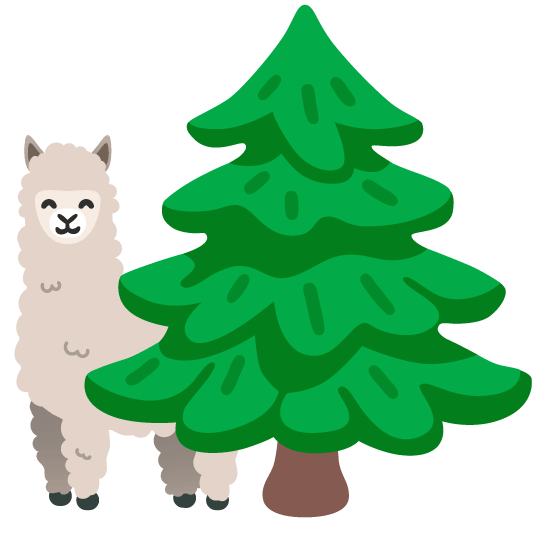




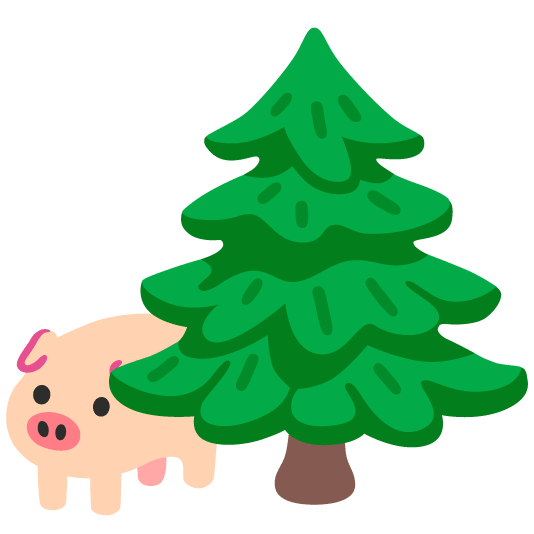

#emoji#emojis#google emoji kitchen#moodboard request#you get the funny Forest#biome#snail#i forgot to queue this one#oh well
141 notes
·
View notes
Text

day 6 - botanical beast
#i thought he was cute maybe ill color this#inktober#inktober2023#beast#botany#moss#mushrooms#fungi#creature design#monster#biome#tropical#mossy#my website is freaking out rn and i dont like that :^(#lil guy#fern#lichen#flora#fauna#ink drawing#artists on tumblr#trafitional art
27 notes
·
View notes
Text

Trees communicate using their roots, demonstrating a profound interconnectedness akin to our own social networks. They are linked to us by producing the oxygen we breathe, a critical aspect of our shared ecosystem. While our genetic codes differ significantly, it's a reminder of the diverse tapestry of life on Earth, with DNA being the common thread that unites us all.
#elloon#Happiness#Contentment#Joy#Mood#Calm#Interbeing#Tranquility#Nature#Tree#Verdant#Wood#Forest#Photography#Ricohgr3#Photo#Usa#Illinois#Deerfield#biome#deciduous#vegetation
34 notes
·
View notes
Text
Wild Magic Lands by goblinboi123
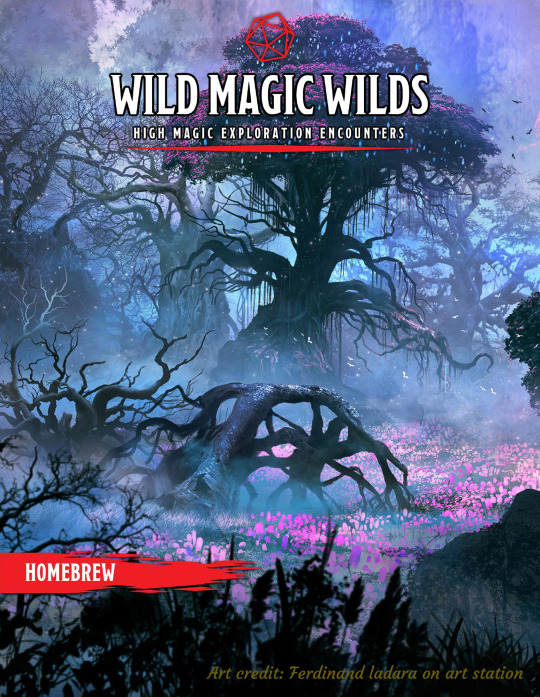

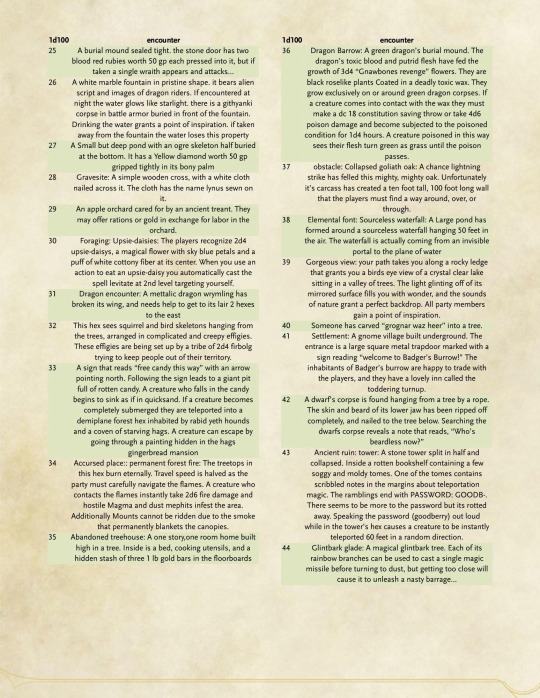
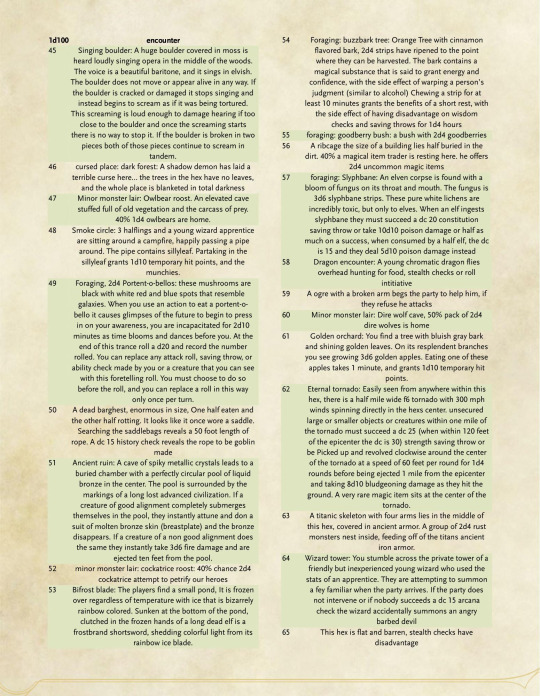

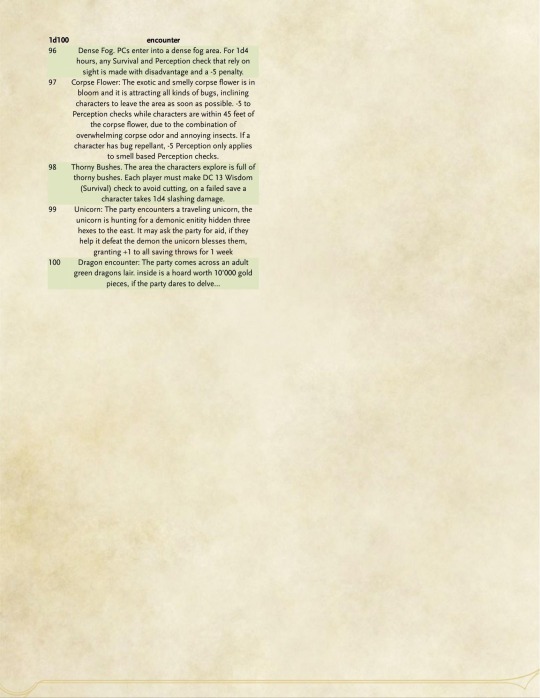
#source linked#linked to source#credit in source#wild#magic#wilds#land#lands#setting#settings#biome#biomes#random#encounter#encounters#table#tables#forests#ideas#lore#exploration
22 notes
·
View notes
Text
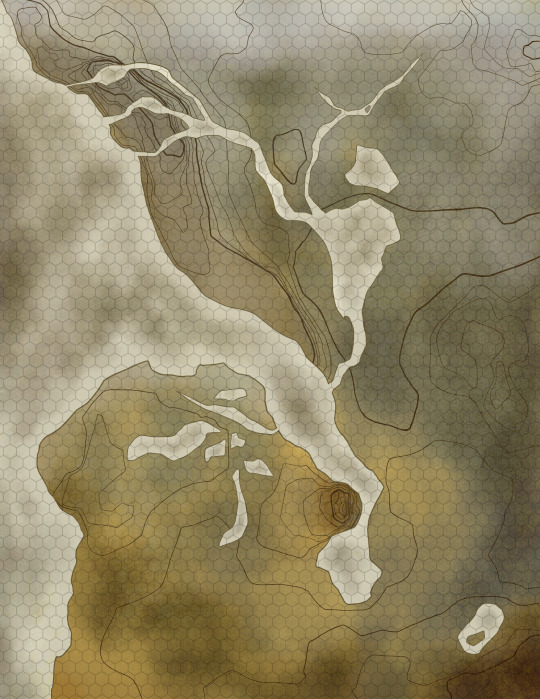
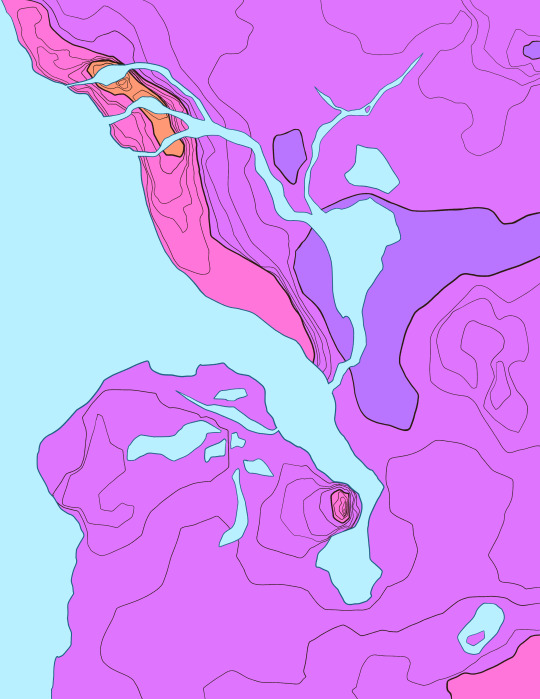


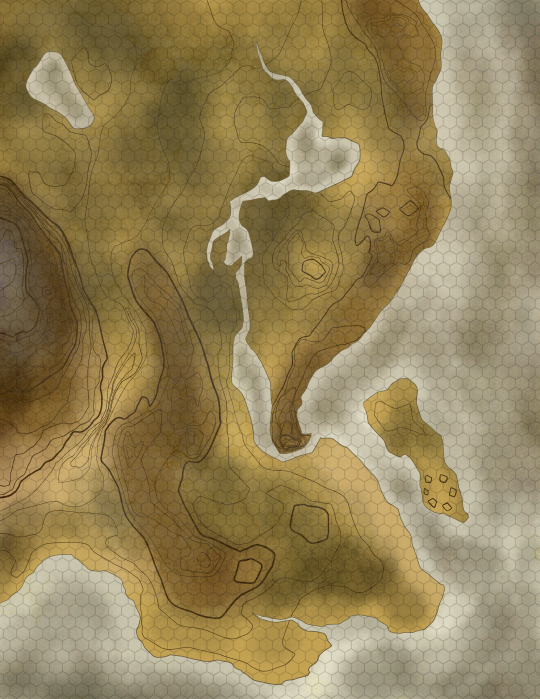
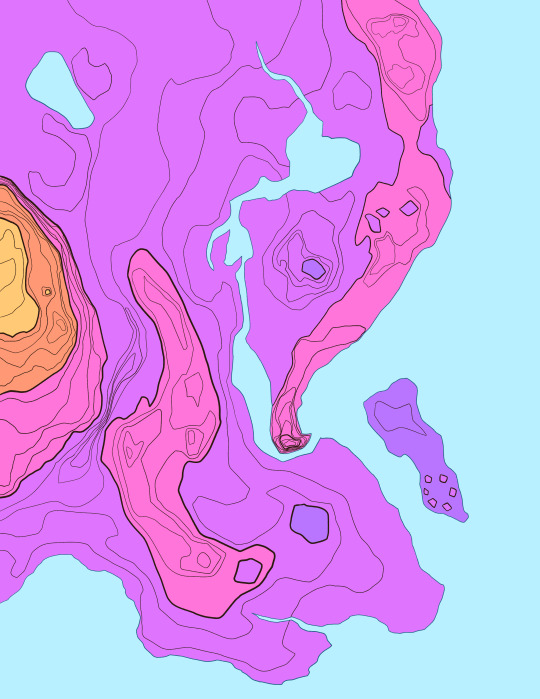
I love to draw maps and work the topography of those! These three are part of a commission containing 11maps for one continent!
🎉Etsy
✨Patreon
💙Discord
👀Commissions
6 notes
·
View notes
Text
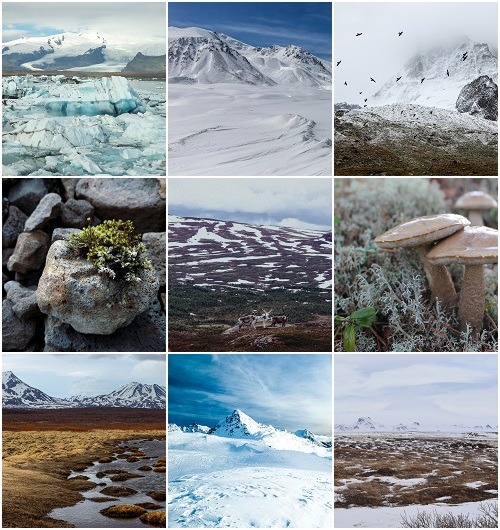
Nature: Biomes - Tundra
We imbue deserts and the tundra with menace because nothing, or little, grows there.
#tundra#Frozen Tundra#Biomes#Biome#Nature#landscapes#nature aesthetic#nature moodboard#landscape aesthetic#Landscape moodboard#aesthetic#moodboard#natural world#hanya yanagihara#snow
31 notes
·
View notes
Text
#polls#tumblr polls#poll#only polls#tunblr#tumble polls#tumblr poll#choose#biomes#biome#landmass#environment
18 notes
·
View notes